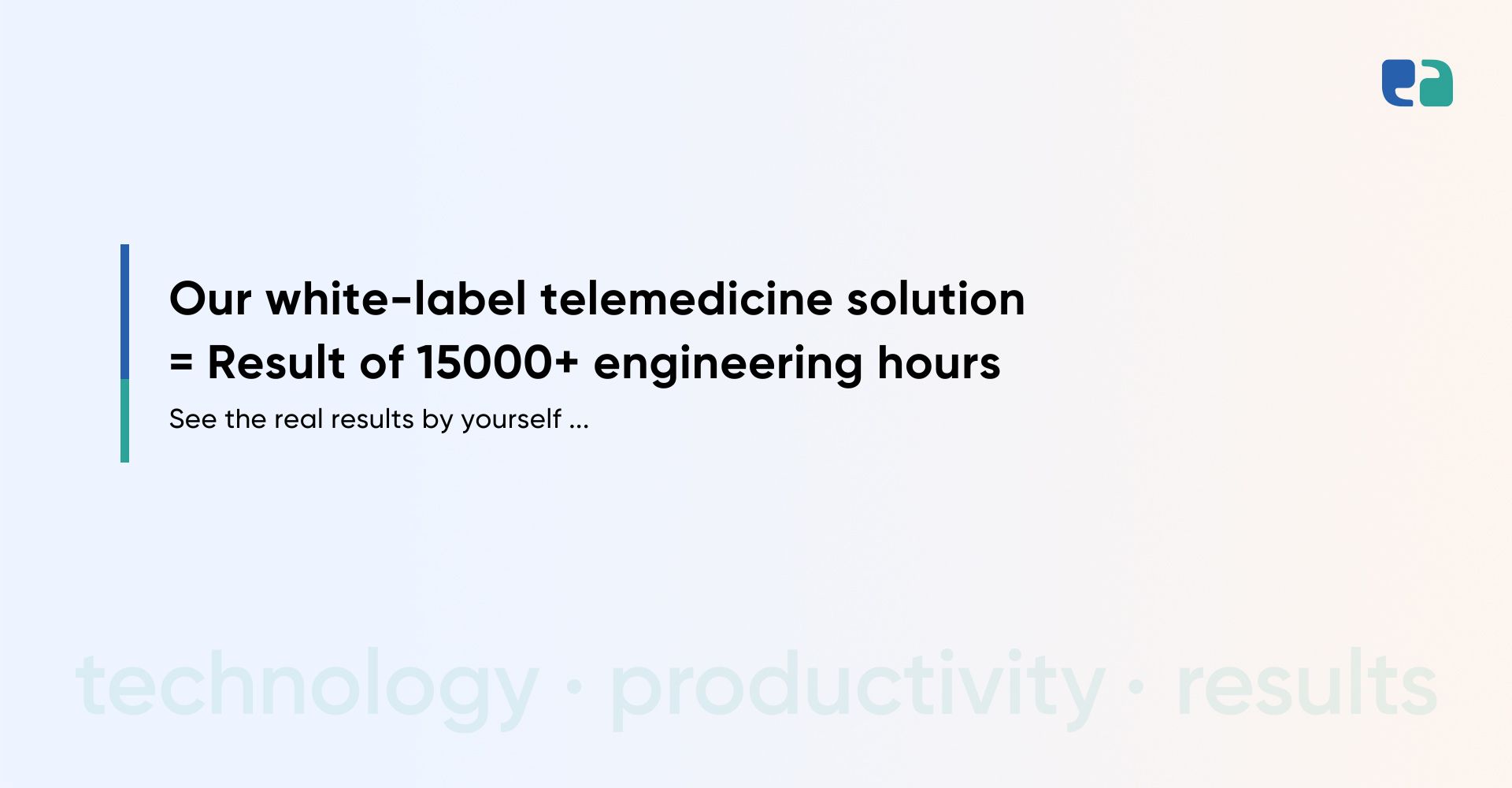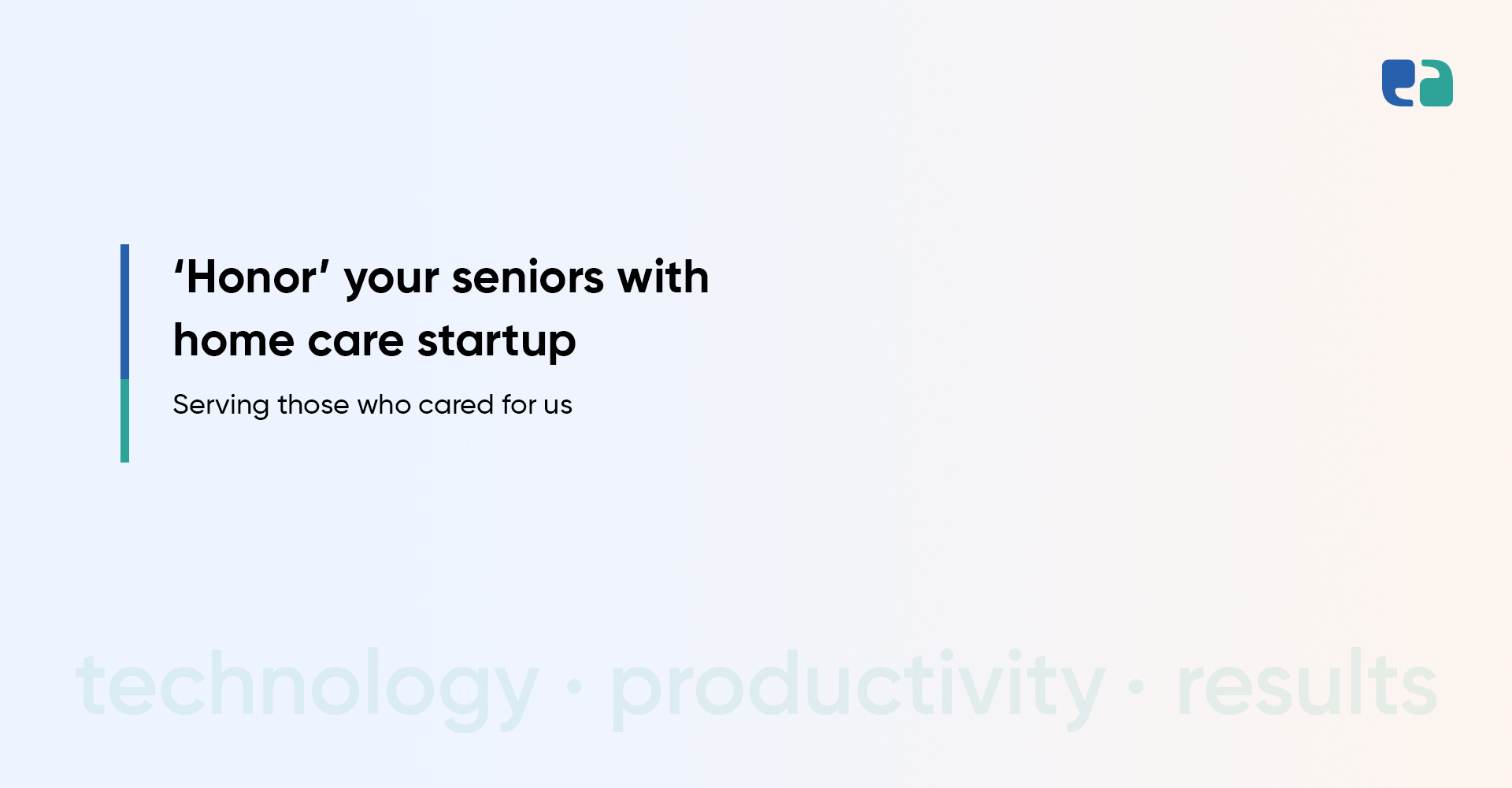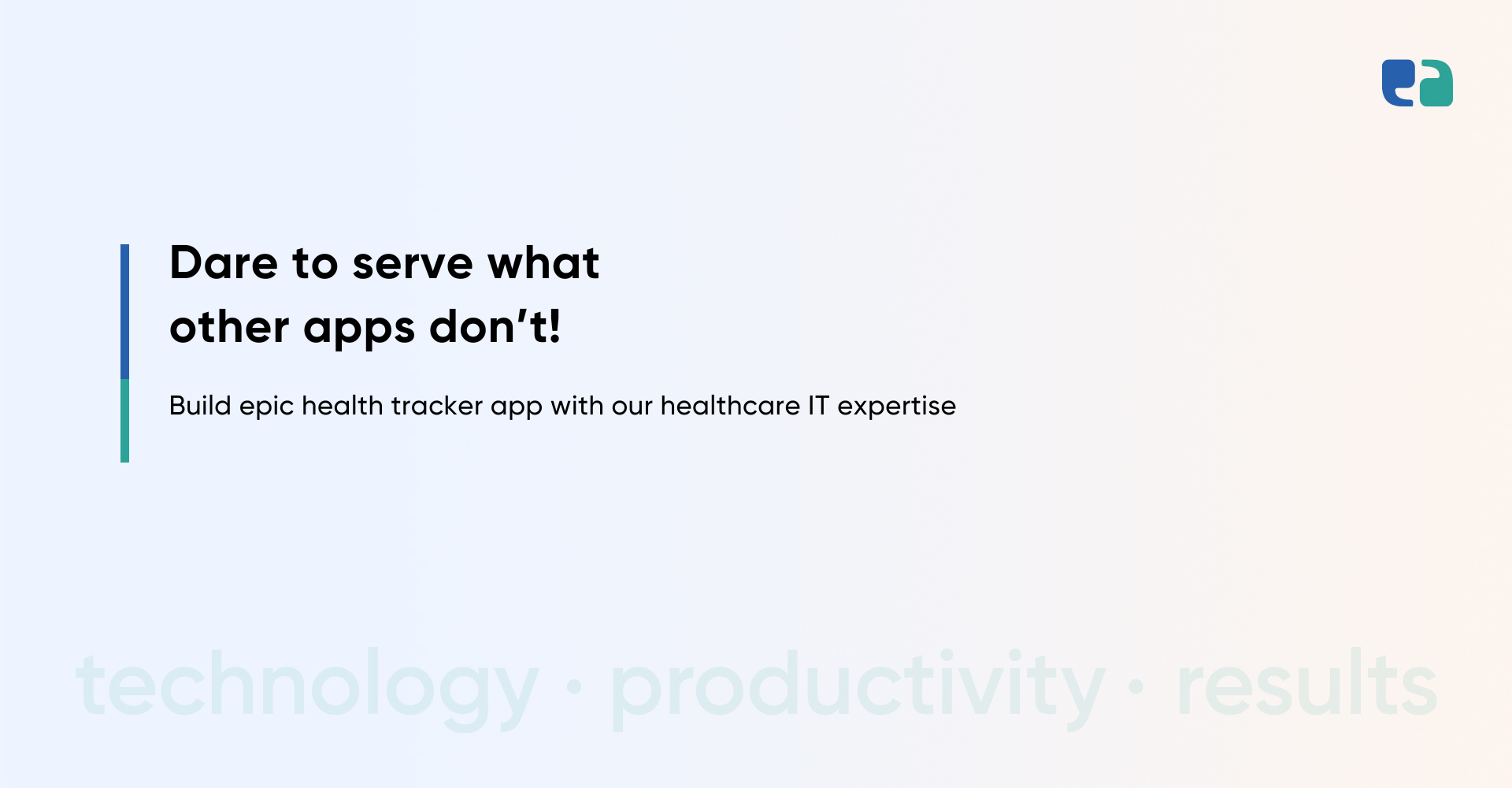The healthcare industry is growing quickly, especially in digital transformation.
It has changed the way healthcare is delivered and managed.
And you know who is the hero behind it?— Electronic Health Record (EHR) apps.
These apps empower the providers by streamlining the workflow, improving communication & providing real-time access to information.
As time is moving, the demand for EHR apps is rising.
In 2023, the global market for these apps was worth $783.22 million.
By 2030, it’s expected to grow at an impressive 8.87% CAGR, reaching $1.41 billion.
It’s a perfect time for healthcare startups and providers to build a mobile EHR solution.
Why Are EHR Apps in Such Demand?
EHR apps make patient information accessible from anywhere.
It improves care coordination.
Even governments are mandating EHR adoption for hospitals.
The U.S. Federal Health IT Strategic Plan 2020-2025 requires providers to use EHRs meaningfully.
The rise of telemedicine shows the need for digital health tools.
The rise of smartphones and health apps is significant in healthcare.
They are making EHR apps more accessible for providers and patients alike.

Understanding EHR Apps and Why They Matter
EHR apps bring electronic health records (EHRs) to mobile devices like smartphones and tablets.
With such apps, healthcare providers can easily access patient data, manage workflows, and communicate with colleagues from anywhere. This mobile connectivity gives them flexibility and convenience.
Here’s why EHR apps are essential in healthcare today:
1. Better Accessibility
Now, doctors can access patient data from anywhere, anytime.
For example, a doctor at a conference can quickly review a patient’s medical history or test results on their phone. It helps doctors to make faster and more informed decisions.
2. Improved Communication
Healthcare teams can collaborate better with EHR apps.
Features like secure messaging let doctors, nurses, and staff share updates, discuss treatments, and coordinate transitions. It reduces the communication gaps and chances of errors.
3. Patient Involvement
With such apps, patients can care for their treatment plans themselves.
They can easily schedule appointments, view medical records, and even message their doctors. Patients can also check their lab results or request prescription refills.
4. Easier Documentation
Most providers spend more than 50% of their time on documentation. EHR apps quickly store patient’s information during their visit, reduce manual errors, and save time
Some EHR apps even have voice recognition like DrChrono and Meditab offer voice recognition for easier note-taking.
It helps doctors to dictate notes on the go.
5. Data-Driven Insights
EHR apps help healthcare providers track patient outcomes and identify trends.
EHR mobile applications can generate reports showing which patients need specific screenings. It leads to better decisions and improved outcomes.
Must-Have Features of a Successful Mobile EHR Apps
Let’s explore some significant features that are making a difference in healthcare and benefiting, especially providers.
1. Patient Charting
This feature offers quick access to medical history, medications, allergies, lab results, and treatment plans.
Now, providers can make informed decisions without taking much time.
2. E-prescribing
Securely send prescriptions to pharmacies and reduce errors.
It’s convenient and fast for both patients and providers.
There is a mobile app named RxNT, which lets doctors send prescriptions directly to pharmacies. It saves patients time.
3. Appointment Scheduling
- Manages appointments
- Sends automated reminders
- Reduces no-shows
4. Secure Messaging
HIPAA-compliant messaging makes communication safe and easy. It helps doctors, patients, and staff to share updates securely.
5. Telehealth Integration
It expands the reach of healthcare providers. Now, they can provide virtual consultations in remote areas, mainly rural.
Apple HealthKit integrates wearable data, like blood glucose levels, into EHRs. It improves remote monitoring.
Must Read: Telehealth EHR Integration [Importance, Benefits, Types]
6. Billing and Payment
Simplify billing and payments to reduce errors and improve cash flow.
Mobile apps can even generate superbills on the go.
3 Key Points to Consider While Developing EHR Apps
1. Defining the Target Audience
You have to identify the audience you want to target. Users can be healthcare providers, patients, or both.
- For healthcare providers, features like clinical documentation, e-prescribing, and secure communication take priority.
- Tools like appointment scheduling, access to medical records, and health education resources are essential if you’re targeting patients.
2. Choosing the Platform: iOS or Android?
- Android dominates globally, holding a 71.65% market share in Q2 2024. Its affordability makes it ideal for practices on tight budgets.
- iOS has 56.07% market share in the U.S. (2024) and is perceived as more secure. It’s the preferred choice for safeguarding sensitive healthcare data.
You can build for both platforms, too.
3. Addressing Challenges
Developing EHR apps comes with challenges:
- Staff Resistance: You must give some starting training for its optimal use. Make sure you keep the communication transparent & clear.
- Data Privacy: You have to comply with the healthcare regulations of the country you’re operating in, for example, HIPAA for the USA & PIPEDA for Canada.
- Interoperability Issues: Standardized APIs like HL7 can bridge system gaps.
5 Steps in Building an EHR App
Building an EHR app is a technical process. We’re breaking it down in simple steps for your easy understanding.




